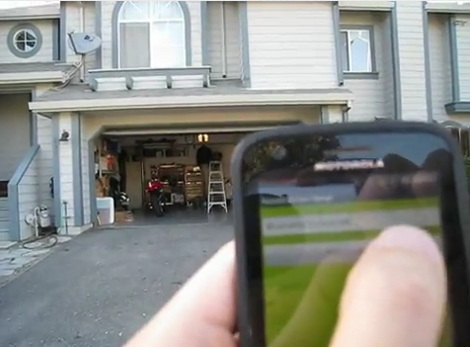
After reading The Five Fists of Science, a retelling of ‘war of the currents’ between [Tesla] and [Edison], [Rob] knew he needed a Tesla gun, the sidearm of the story’s protagonist. Since nothing as stupidly awesome and dangerous as a portable Tesla coil has ever been made, [Rob] needed to make his own.
[Rob] started his build as any good weird weapon build begins: taking apart a Nerf gun. A new Aluminum sand cast body replaced the wimpy plastic body of the Nerf gun and after a few days on a mill, [Rob] had an aluminum Nerf gun perfect for holding the guts of a Tesla coil. The high voltage switch is made of porcelain, and the power supply is an 18 V cordless drill battery and a flyback transformer potted with silicone in a PVC pipe end cap.
[Rob] really has a remarkable build on his hands here, and certainly something no one else has ever tried before. While he hasn’t fired his gun yet, we’re sure we’ll hear about it on the nightly news when he does.










Recent Comments